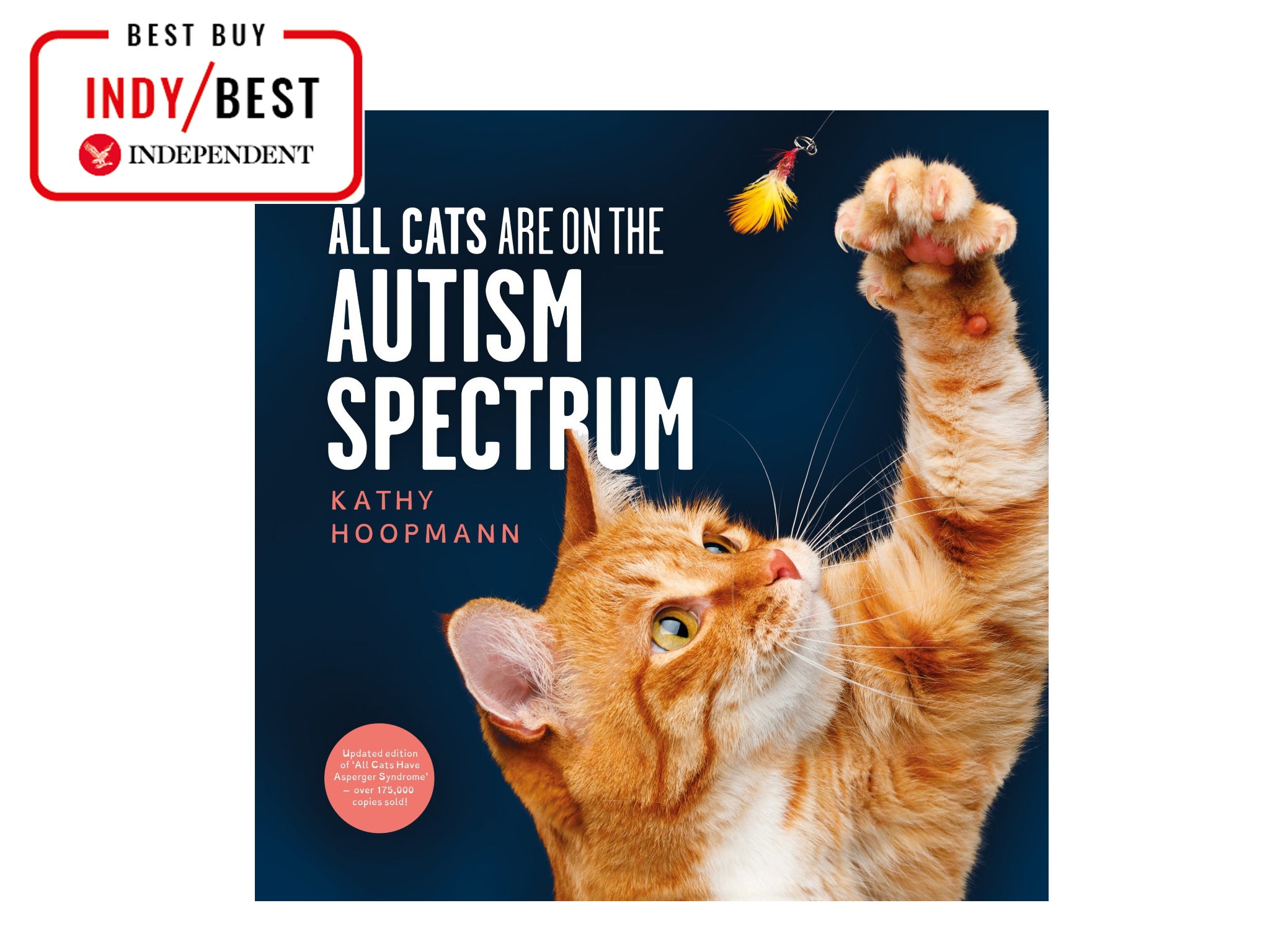
The Independent's journalism is supported by our readers. When you purchase through links on our site, we may earn commission. Why trust us?
World Autism Awareness Day: 9 best books to read
From adult guides to child-friendly tomes, make sure you add these to your reading list
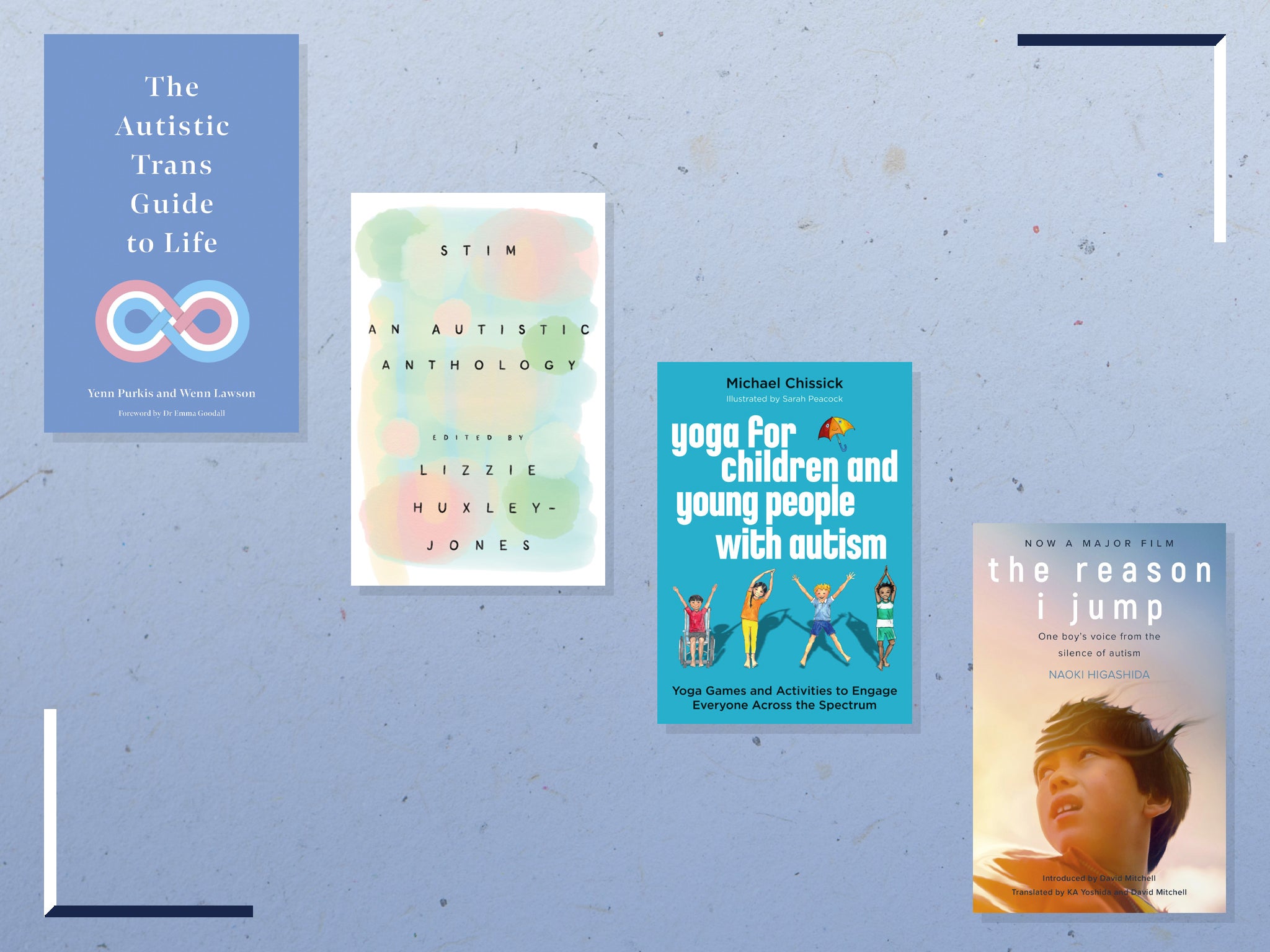
 ‘All Cats Are on the Autism Spectrum’ by Kathy Hoopmann, published by Jessica Kingsley PublishersRead review£9
‘All Cats Are on the Autism Spectrum’ by Kathy Hoopmann, published by Jessica Kingsley PublishersRead review£9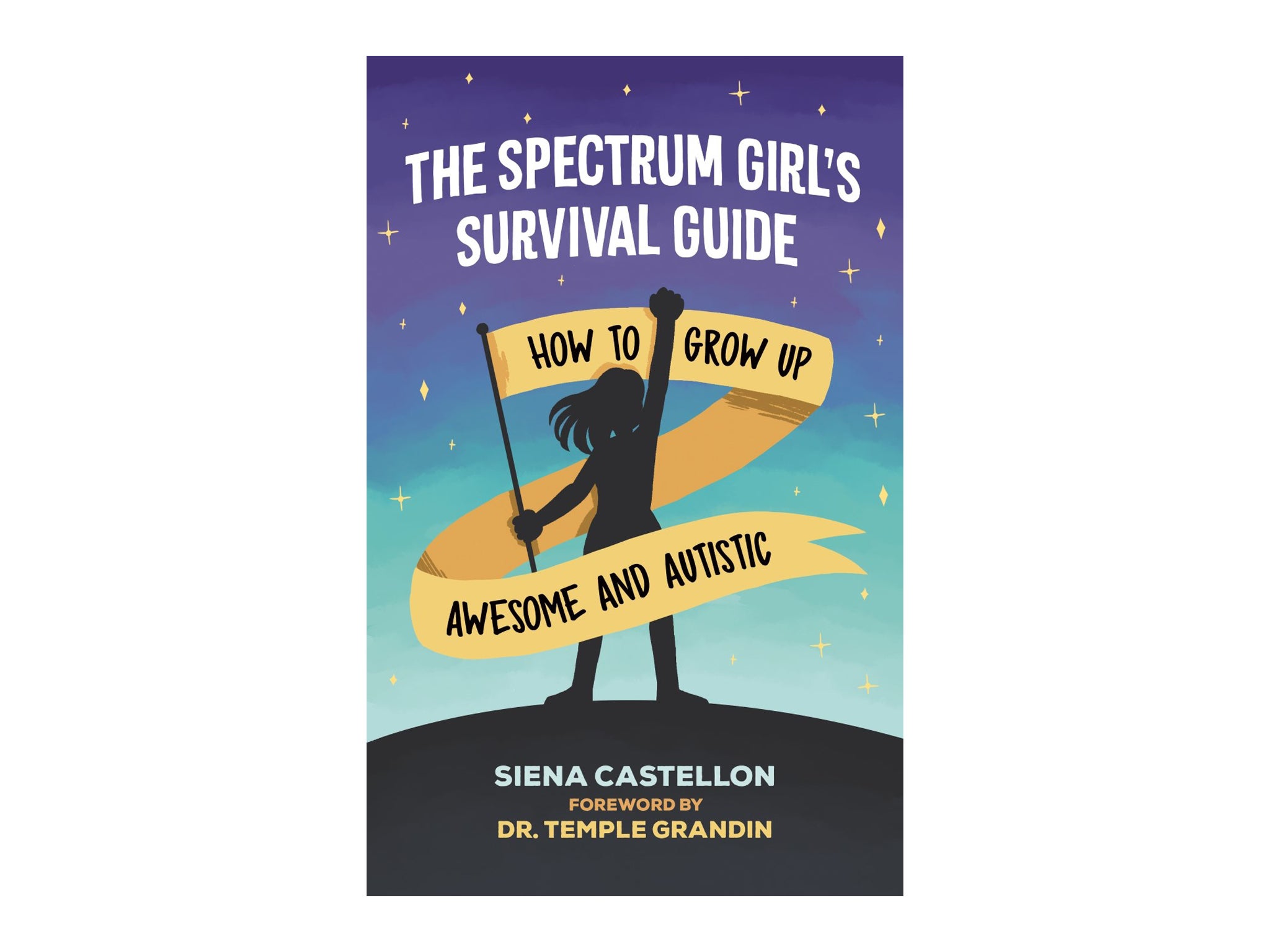 ‘The Spectrum Girl’s Survival Guide’ by Siena Castellon, published by Jessica Kingsley PublishersRead review£11
‘The Spectrum Girl’s Survival Guide’ by Siena Castellon, published by Jessica Kingsley PublishersRead review£11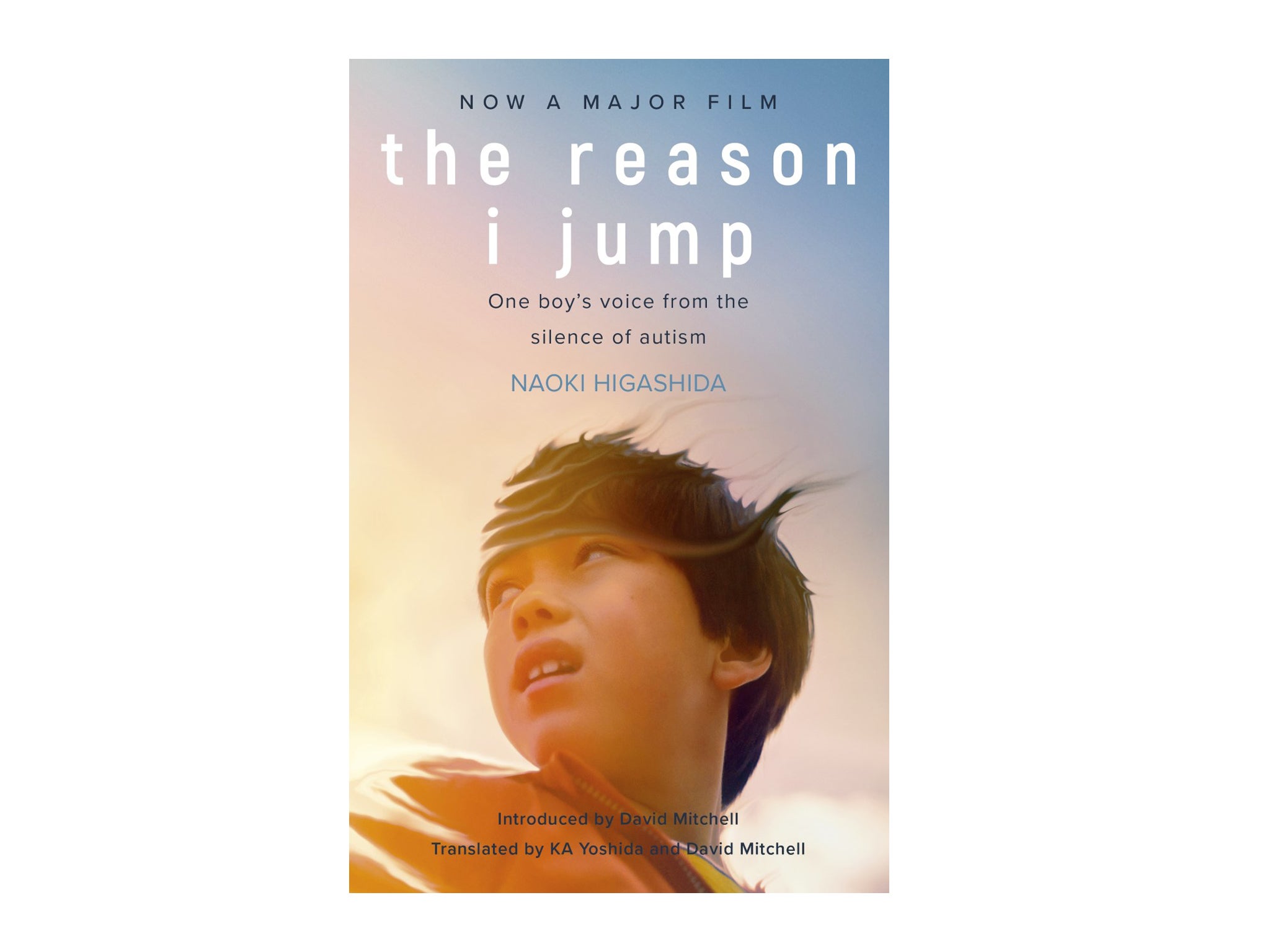
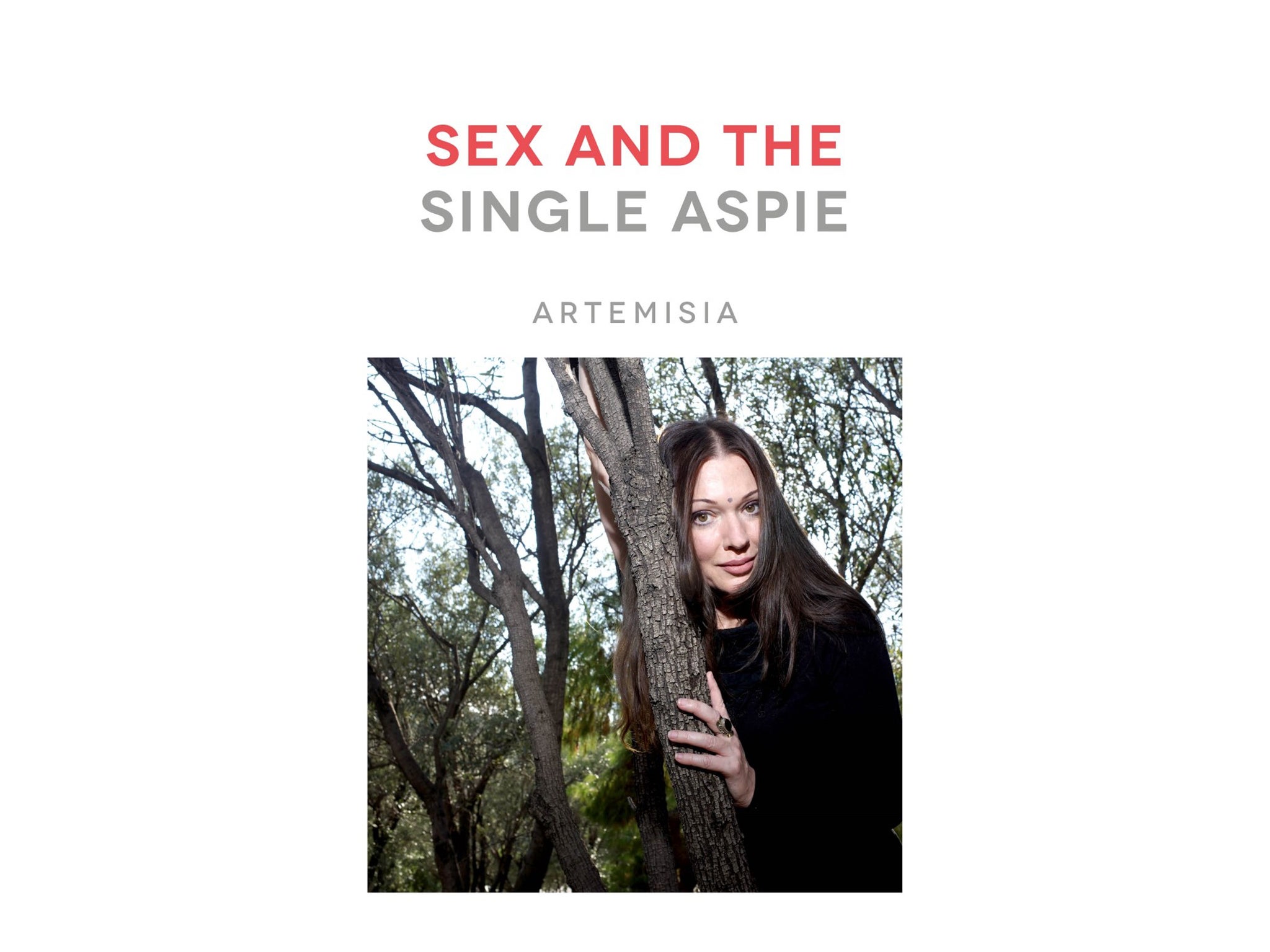
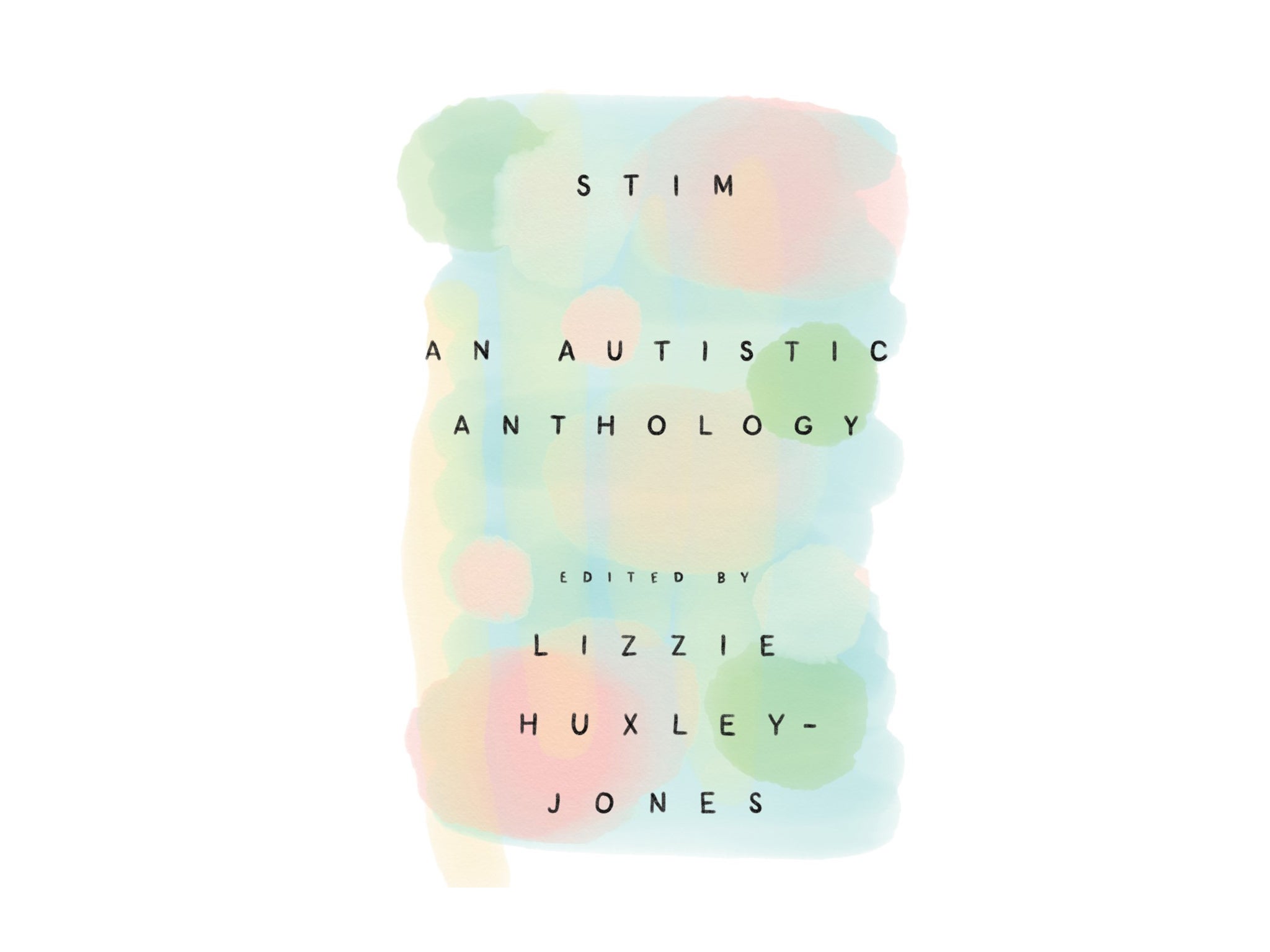
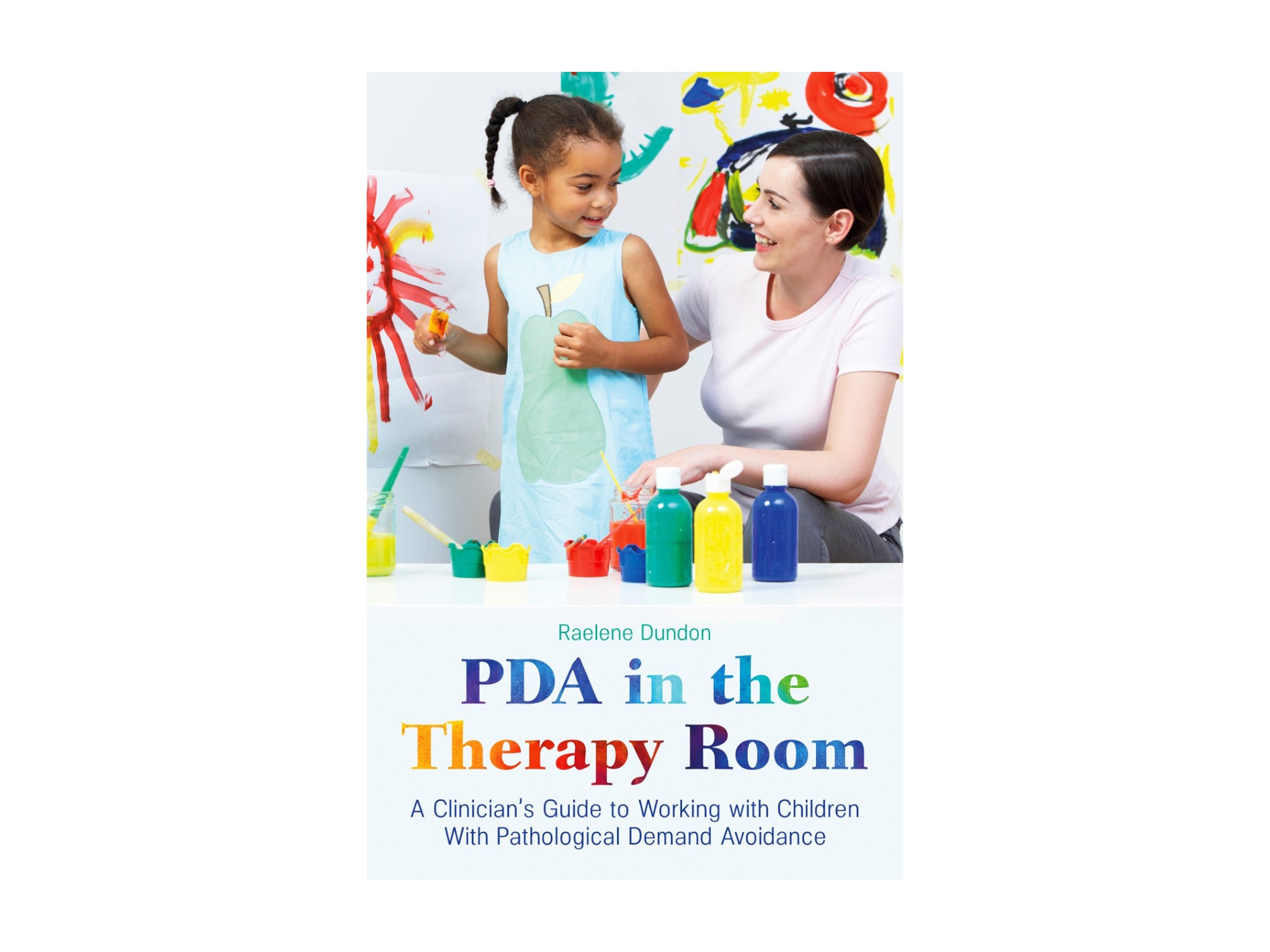 ‘PDA in the Therapy Room’ by Raelene Dundon, published by Jessica Kingsley PublishersRead review£13
‘PDA in the Therapy Room’ by Raelene Dundon, published by Jessica Kingsley PublishersRead review£13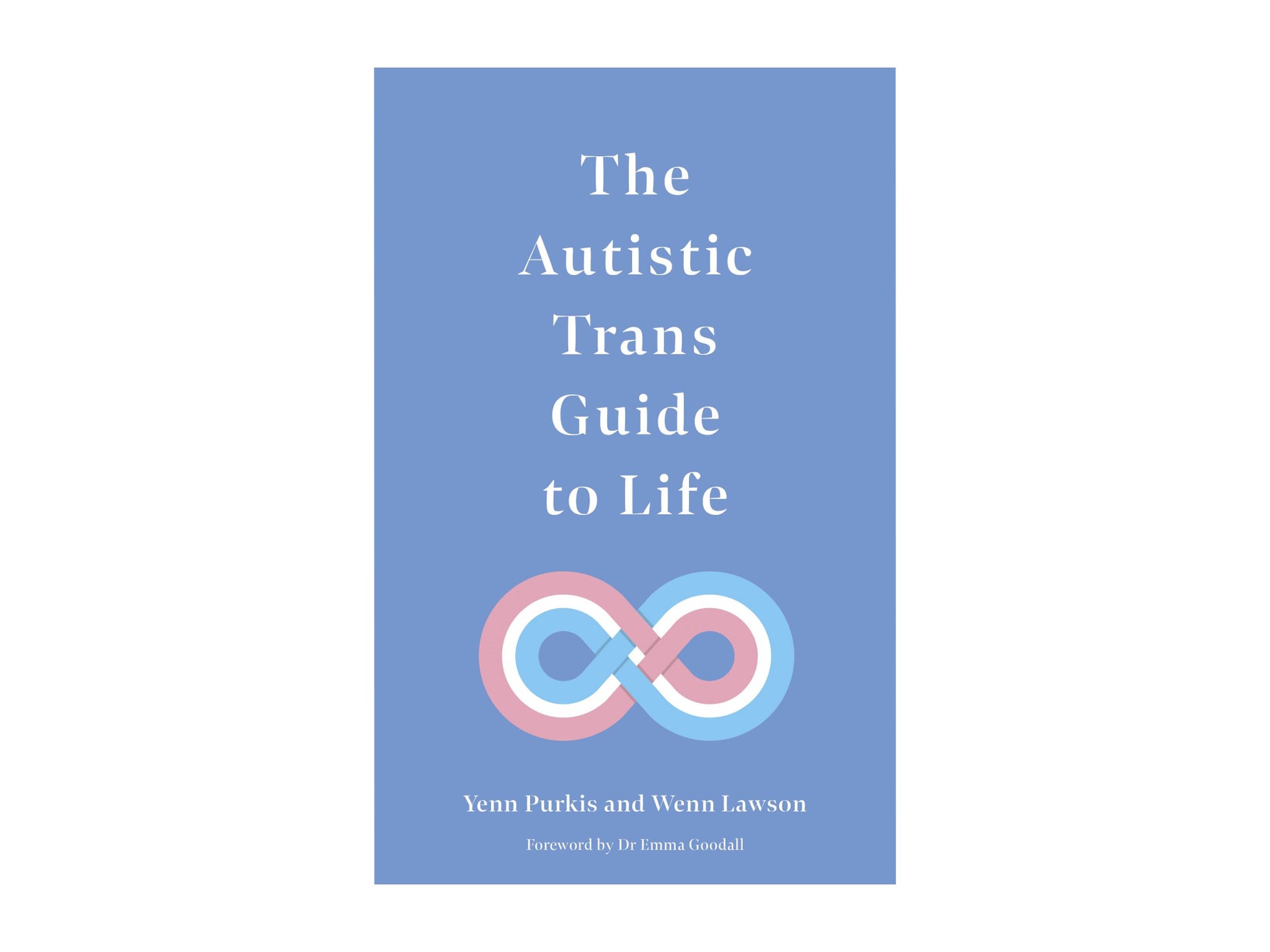 ‘The Autistic Trans Guide to Life’ by Yenn Purkis and Wenn B Lawson, published by Jessica Kingsley PublishersRead review£14
‘The Autistic Trans Guide to Life’ by Yenn Purkis and Wenn B Lawson, published by Jessica Kingsley PublishersRead review£14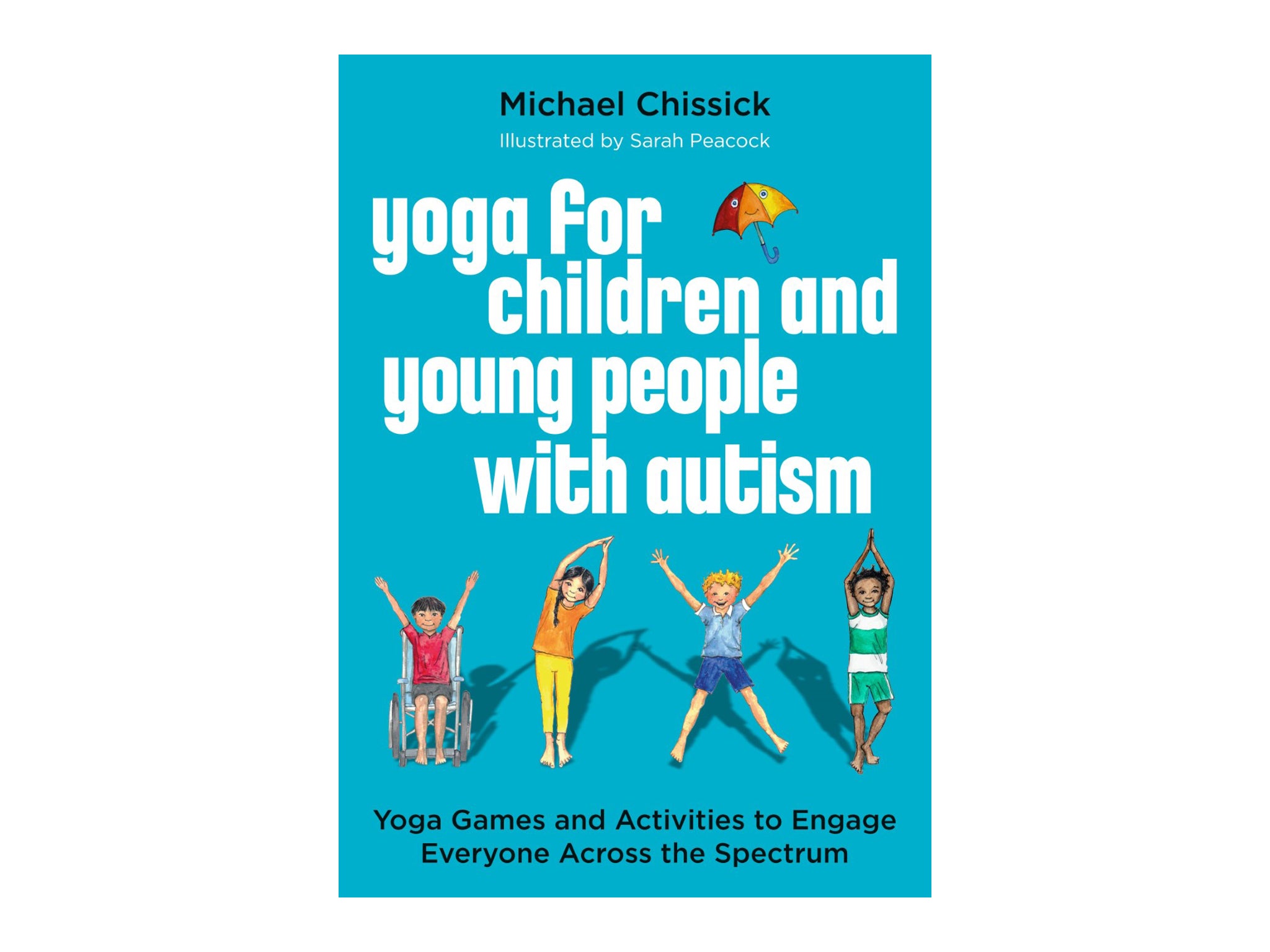 ‘Yoga for Children and Young People with Autism’ by Michael Chissick, published by Jessica Kingsley PublishersRead review£13
‘Yoga for Children and Young People with Autism’ by Michael Chissick, published by Jessica Kingsley PublishersRead review£13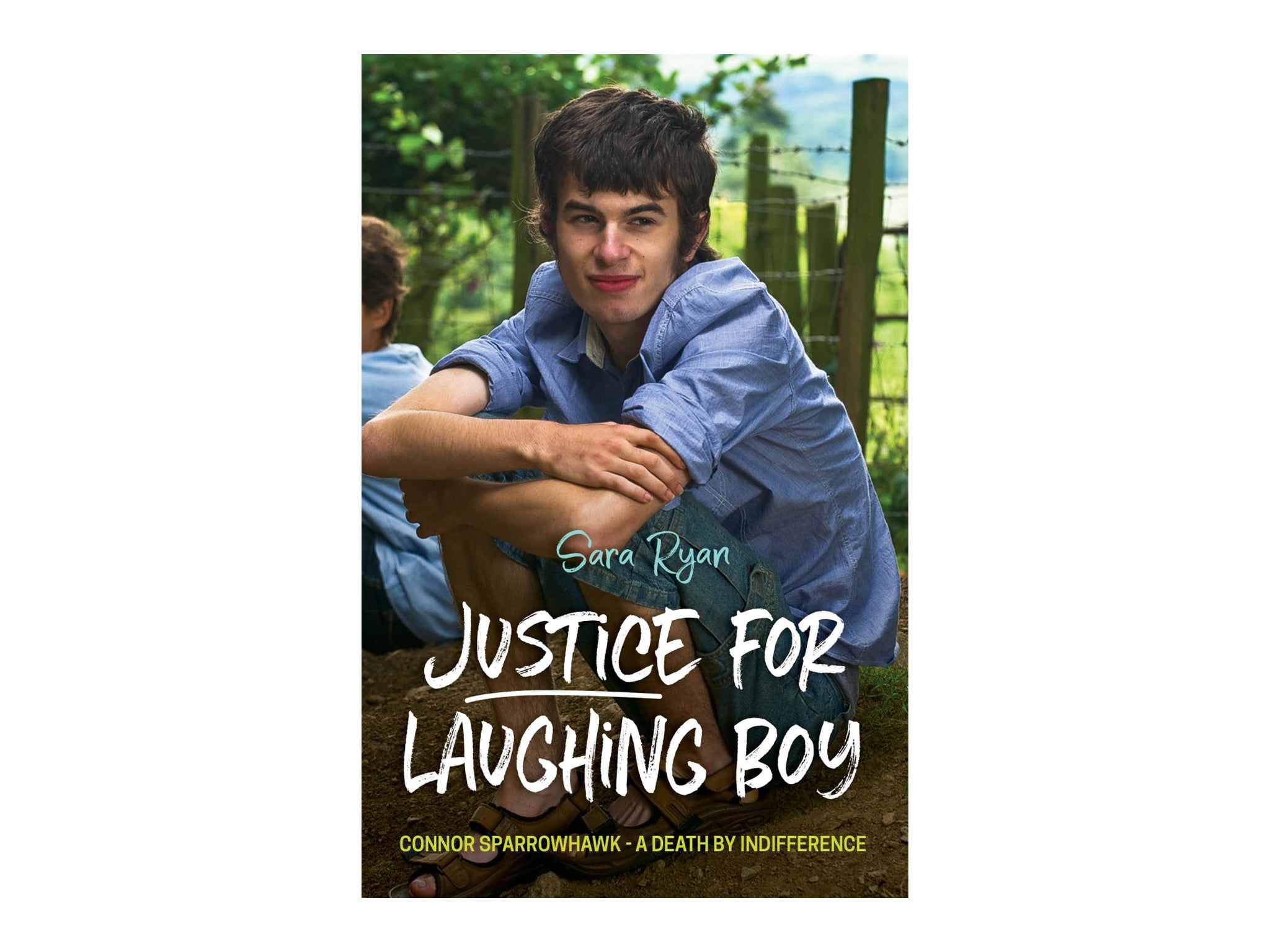
World Autism Awareness Day on 2 April is just around the corner – and with that comes conversations about representation.
Autistic advocates will be seen leading discussions with the alternative hashtag, #RedInstead. There you will find the viewpoint that acceptance matters more than awareness. We all saw what happened with the release of SIA’s Music, and the ongoing debacle around the film.
Thankfully the publishing industry has changed a lot in recent years, with more books being written about autism by autistic people. It is crucial that this is finally beginning to change.
The books in this round-up have been selected because of their content – such as if the author writes about a subject that’s not normally covered – and have been chosen by an Autistic writer.
A lot of literature about autism often focuses exclusively on autistic children, so we’ve tried to offer a variety of perspectives in our choices.
Read more:
You can trust our independent reviews. We may earn commission from some of the retailers, but we never allow this to influence selections, which are formed from real-world testing and expert advice. This revenue helps us to fund journalism across The Independent.
‘All Cats Are on the Autism Spectrum’ by Kathy Hoopmann, published by Jessica Kingsley Publishers

A “social story” is a tool that can be used to explain particular concepts, and the unclear expectations that may be involved, to people on the spectrum – like a transition to secondary school, for instance. Hoopmann has reversed the technique: All Cats Are On The Autism Spectrum can be used to explain a diagnosis to an older family relative. Photographs of cats with witty captions explain the nuances of grappling with day-to-day life on the spectrum.
‘The Spectrum Girl’s Survival Guide’ by Siena Castellon, published by Jessica Kingsley Publishers

When it comes to autistic representation, we so often think of Rain Man, or even Sheldon Cooper in The Big Bang Theory. Stereotypes about autism being a “male” condition still persist, and have had a huge impact on medical care and diagnosis. Women are typically diagnosed far later in life than men.
Siena Castellon is helping bridge the gap – this is a straightforward guide to all the questions you’d have wanted answered as a teenager. The illustrations bring life to the situations, and reading it feels like receiving a hug from someone older and wiser.
‘The Reason I Jump’ by Naoki Higashida and David Mitchell, published by Sceptre

The Reason I Jump is set to be a major motion picture this year. Aside from the slightly dated tagline – “one boy’s voice from the silence of autism” suggests that non-verbal autistic people are “silent” – this is a book that all parents and members of the public ought to read. Some of the most basic questions are answered in a kind of FAQ style, and it deals with topics like eye contact and meltdowns. It is a unique book, and one that proves you just need to be listening.
‘Sex and the Single Aspie’ by Artemisia, published by Jessica Kingsley Publishers

What is one of the most ableist stereotypes you can think of? Spoiler alert: autistic people can and do have sex. Sex And The Single Aspie has been described as groundbreaking. While some parts, such as the “rules” included in the book, could be criticised (it is up to an individual to decide their own values), it still challenges preconceptions.
‘Stim: An Autism Anthology’ edited by Lizzie Huxley-Jones, published by Unbound

Stim was released last year; an anthology, it amplifies autistic voices from the moment that you pick it up. The cover is also something of a visual stim, too. Giving space over to autistic people shouldn’t be something new, but thankfully this is what this book does. People like Laura James, the author of Odd Girl Out (£11.99, Amazon.co.uk), have contributed pieces of writing about a whole host of topics – not just autism – alongside illustrators such as Megan Rhiannon. The book has a variety of perspectives and topics, and is adorably portable.
‘PDA in the Therapy Room’ by Raelene Dundon, published by Jessica Kingsley Publishers

Pathological Demand Avoidance is an under-researched part of the spectrum, relating to everyday demands and expectations, that does not have as great as awareness as, say, the terms Asperger’s syndrome or autism spectrum disorder. Research is still emerging, but awareness in healthcare settings and schools is not as mainstream. This book is needed for this exact reason – and it makes no reference at all to applied behavioural analysis therapy, which is often controversial.
‘The Autistic Trans Guide to Life’ by Yenn Purkis and Wenn B Lawson, published by Jessica Kingsley Publishers

Due for release on 18 March this year, The Autistic Trans Guide To Life is greatly needed. Trans rights are still ostensibly up for debate, and therefore navigating the world while being autistic and trans can be a minefield. One of the first books of its kind, there is a unique perspective offered – and one that will appeal to this underrepresented demographic.
‘Yoga for Children and Young People with Autism’ by Michael Chissick, published by Jessica Kingsley Publishers

Exercise is very often not inclusive for disabled people; just look at how inaccessible gyms can be! Yoga For Children And Young People With Autism demystifies the field in order to make yoga more accessible – including with adapted language, easier poses and even games to play. It has been written with an autistic audience in mind, which is a rare quality in a book.
‘Justice for Laughing Boy’ by Sara Ryan, published by Jessica Kingsley Publishers

The world of medicine is not always open to the needs of autistic people. This book tells the story of “Laughing Boy”, a young man who died in horrific circumstances. Sara Ryan has written a portrait of her son that should haunt us all; it is a message to care more, and asks the reader to demand accountability. The story also documents her campaign for justice, and she has used what could be termed her “neurotypical privilege” to stand up for those not traditionally heard from in mainstream society.
The verdict: Books about autism
While publishing still has a long way to go, representation is gradually improving. It is heartening to see autistic people “doing it for themselves”, and being given the space to be listened to.
All Cats Are on the Autism Spectrum is our best buy; it has a universal appeal, is useful as a social story tool, and is a feel-good read.
Discover inclusive stories for children with the best books that celebrate diversity
